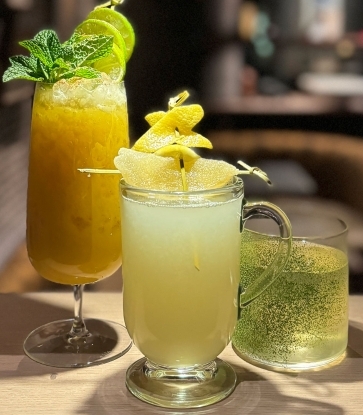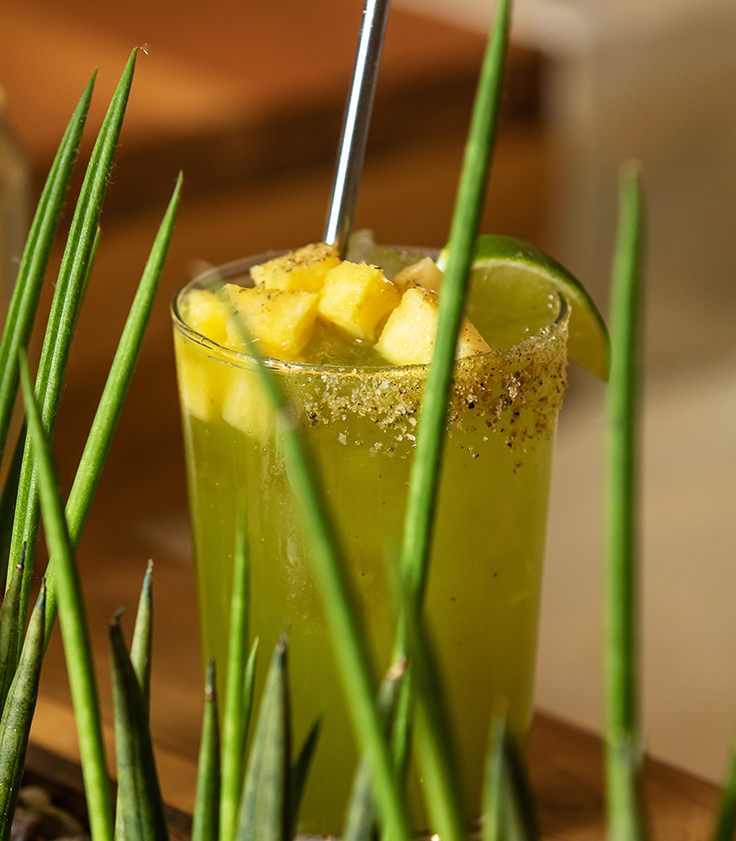In the 16th century, South Americans began using a special straw, the bombilla, to drink yerba mate, a tea infusion that contained so many shreds of leaves and stalks that they devised a tube of silver or bronze with a filter at the end to strain the solids. The bombilla is still widely used today.

The Birth of Paper Straws
Mass-produced straws did not come to prominence until the 1800s when the rye straw was invented—the grass was bleached and cut before further rinsing and binding. The rye straw, with its tendency to disintegrate quickly and leave a residue in the drink, quickly fell out of fashion and was replaced by the paper straw, invented by American Marvin Stone.Stone was born into a family that manufactured cylindrical objects like cigarette rollers and pen holders. Discontent with using rye straws, he began to roll paper into a tube along the surface of a pencil, fixing the ends with glue and finally removing the pencil to create the paper straw. He later got a patent for the design. The paper straw took America by storm, with daily production reaching two million at its peak.
The Reign of the Plastic Straw
The paper straw gradually lost favor in the 1960s as more took to its plastic counterpart as plastic straws didn’t tamper with the flavor of drinks and didn’t dissolve in liquids. Moreover, it could be mass produced at very low costs. Its rise also coincided with another development—as refrigerators became more commonplace, so did chilled beverages best enjoyed when sipped from a straw.
Damage to the Environment
Half a century of straw sipping later, a serious problem began to emerge. The problem with straws is one of sheer volume: Americans alone use an estimated half a billion plastic straws every day. The large amount of plastic waste causes immense pressure on our ecosystem.The Californian Coastal Commission points out that plastic straws were the sixth most common garbage item found in local beaches between 1988 and 2016. Since plastic isn’t biodegradable, its final destination is often the landfill, or even worse, the ocean, where it does irreparable damage to nature.
Greener Alternatives
Straw activists have also taken to appealing directly to the food and beverage industry. More and more restaurants and dining groups have participated in the No Straw Campaign over the last few years. Last month, California became the first state to ban plastic straws in restaurants. (Customers seeking straws must ask for them.)
Major companies like WeWork have stocked offices nationwide with metal straws. These are affordable, chic and, most importantly, reusable options that reduce dependency on single-use plastics. Like California, Hyatt hotels are only offering plastic straws by request, and Hilton hotels has banned plastic straws in over 600 of their properties, offering paper straws in its place.






















